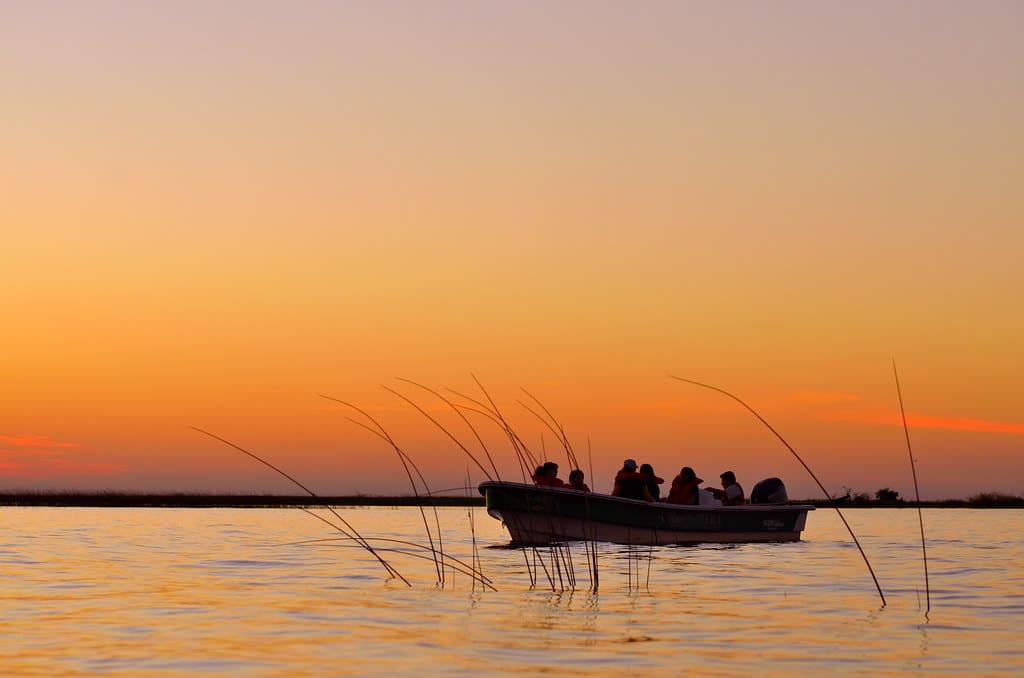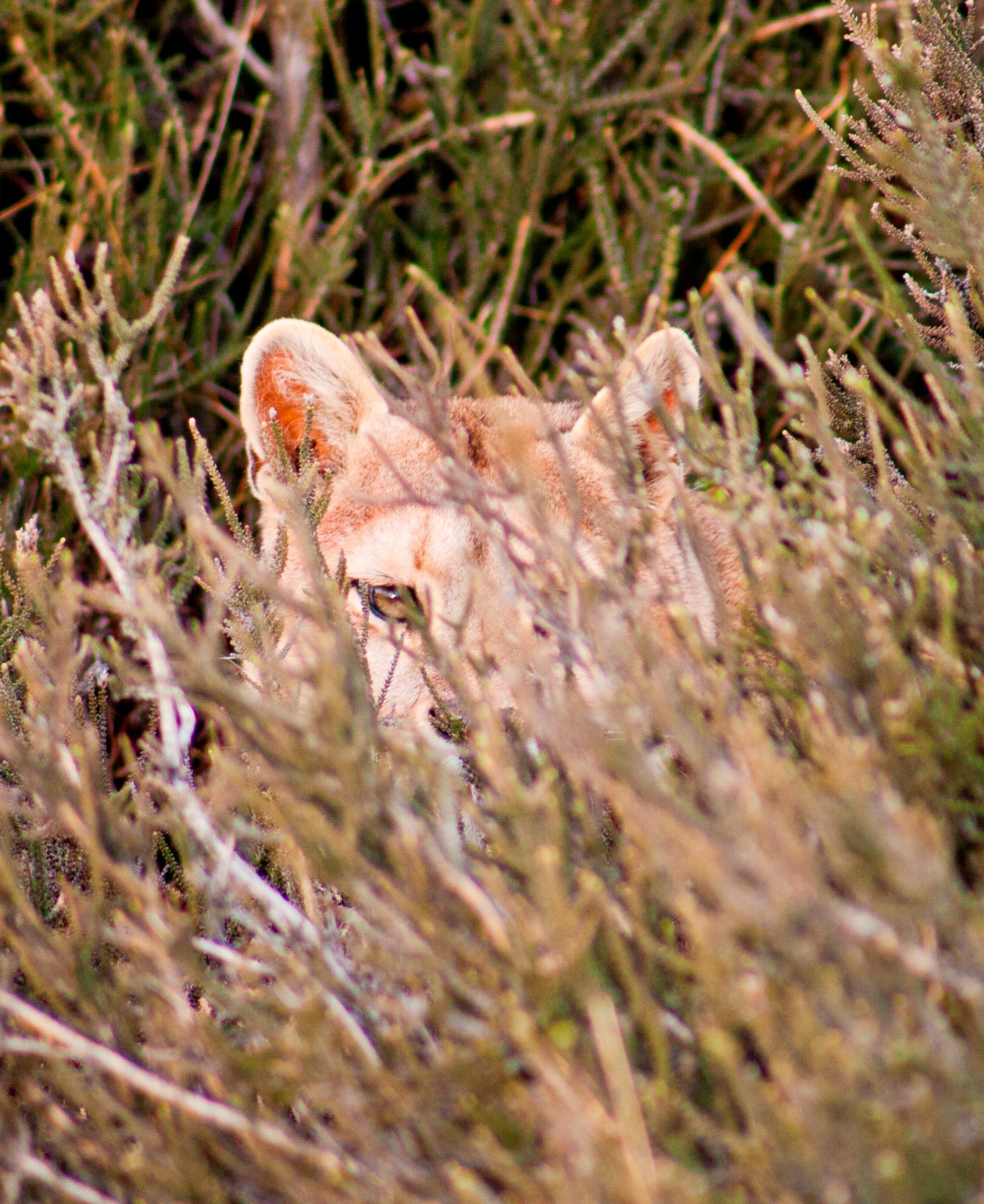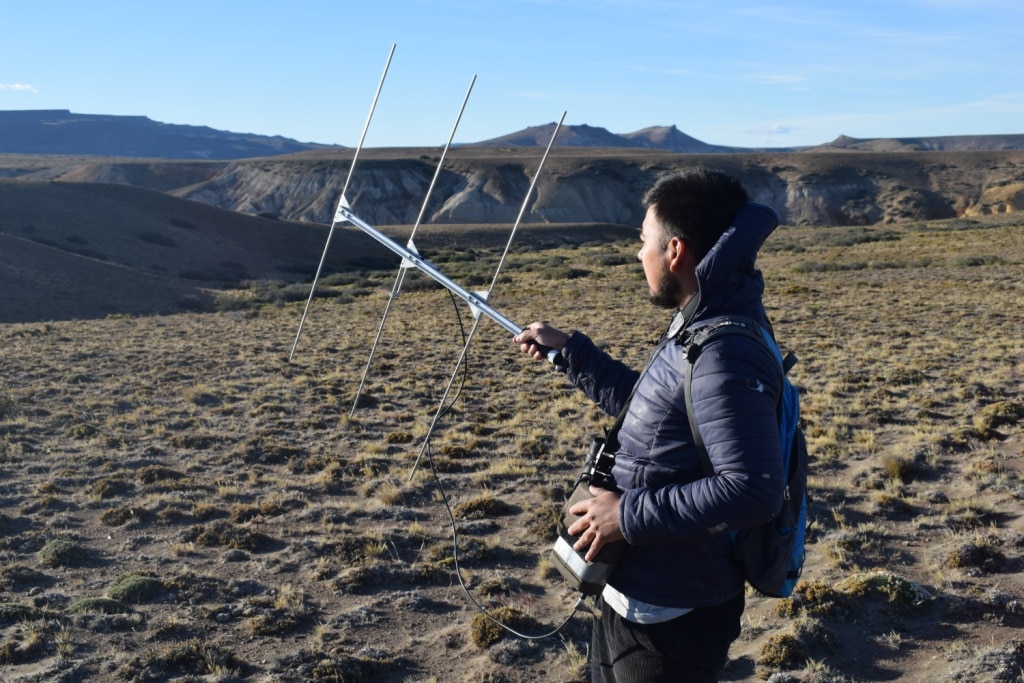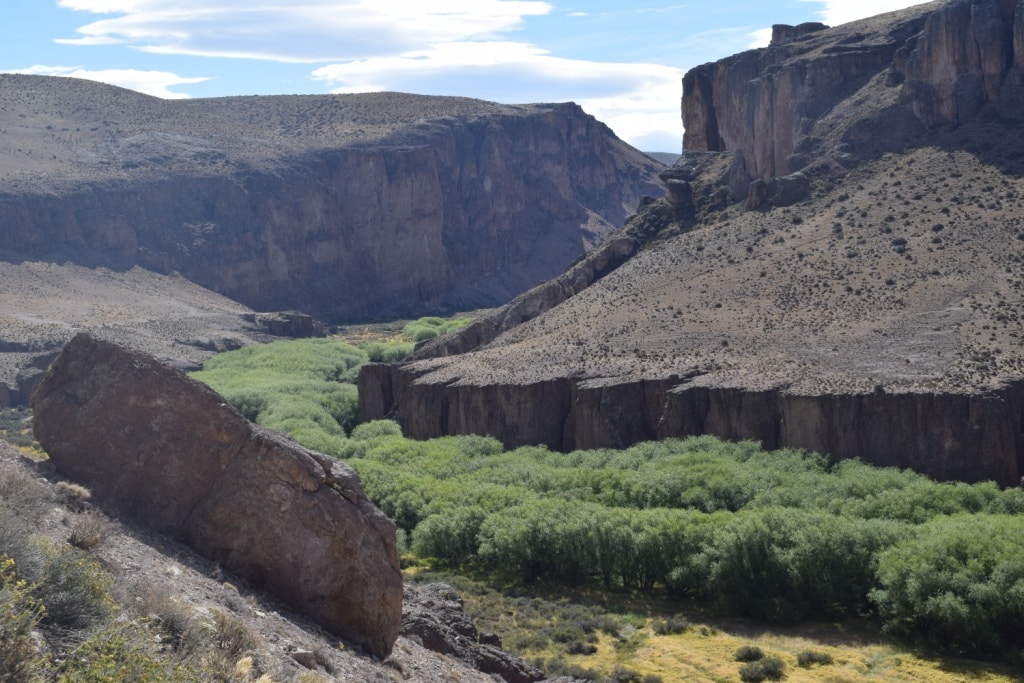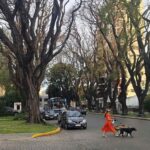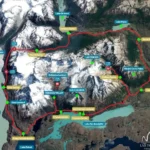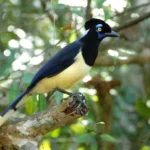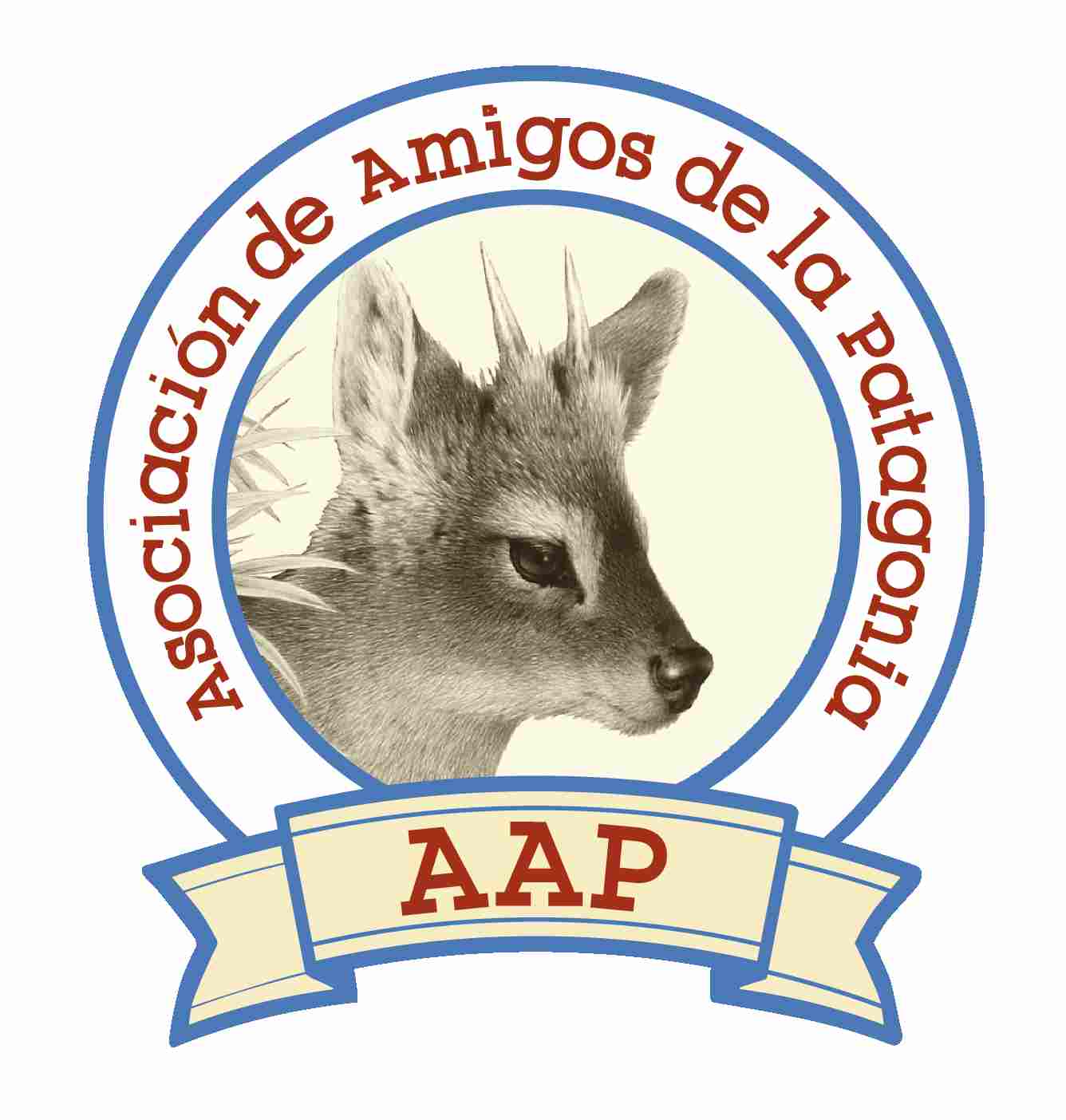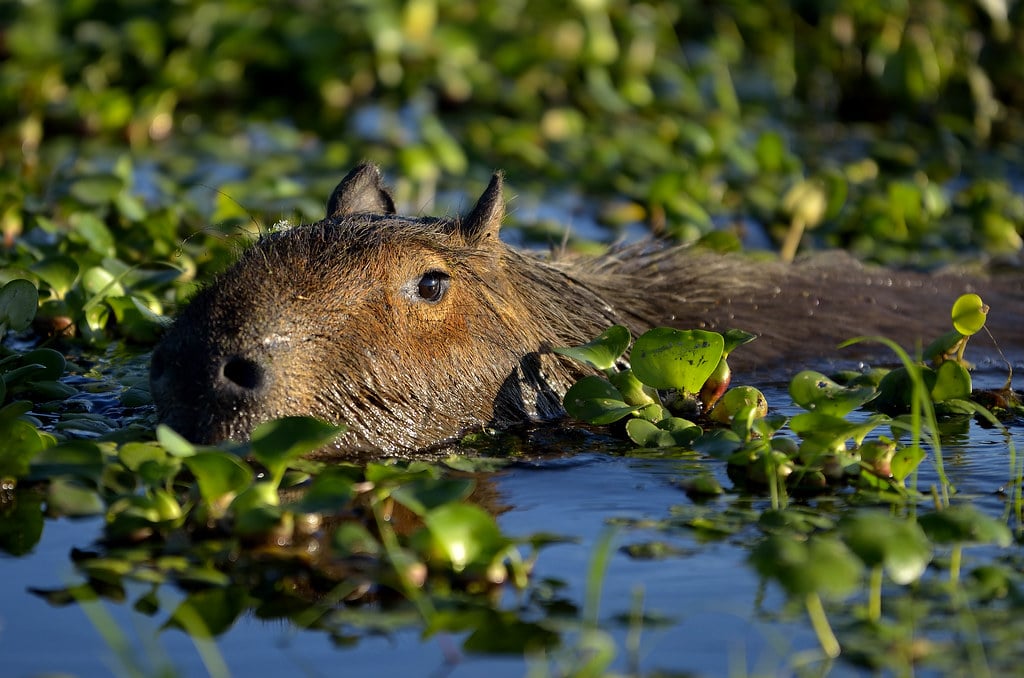
Ecotourism in Argentina: two places that are a model for ecosystem restoration
The concept of ecotourism in Argentina can be reflected in many different ways, but just a few places gather most of the elements that compose it. Among these sites, there are two areas which are a role model for the whole country: Patagonia National Park and Iberá National Park.
These two places are very special because the foundation Rewilding Argentina has been working very hard to restore their local ecosystems. Their efforts are mainly focused on reintroducing, monitoring, and taking care of top predators. Top predators must exist in healthy numbers to keep the ecosystems balanced. For instance, if there are Jaguars in the Wetlands, they will naturally regulate the population of other animals which could potentially damage the environment (such as deforestation by herbivorous).
Another advantage of taking care of the animals is that a big source of income can be created. An ecosystem with a big diversity and lots of animals to see is a fantastic attraction for wildlife lovers. As a result, tourism and its peripherical activities can bring a burst in the local economies.
Furthermore, including the local communities in the different projects creates more than just job opportunities. Most importantly, it creates local awareness, which leads to a permanent tendency for conservation. A fabulous cycle of sustainability and a great way to promote ecotourism in Argentina!
Ibera Wetlands: the “Argentine Pantanal”
The Ibera Wetlands spread across a huge territory, shared between the provinces of Corrientes and Santa Fé. Even though there are different gates to explore it, perhaps the most important is the one in Colonia Carlos Pellegrini.
Colonia Carlos Pellegrini is a very small village at the shores of Laguna Ibera, a lagoon full of flora and impressive fauna. Such is the case, that a new national park was created: Iberá National Park. This park was created with the help of Douglas and Chris Tompkins -founders of the NGO “The Conservation Land Trust (CLT)” and Rewildling Argentina-, which donated the lands that they owned there with the condition to convert them in a National Park.
Next to the village, and surrounded by a natural atmosphere, is the Rincón del Socorro Lodge. This lodge works as one of the base camps for the foundation, which works monitoring Giant Ant Eaters and many other animals.
Even though in the area there are different lodges to stay in, this one offers that particular feature. The lodge offers programs for different nights (usually 3 nights), including meals, transfers, excursions, and accommodation.
The excursions can be adapted to different travel styles, and usually include navigations, horseback riding, safaris, and other activities aiming to contemplate the fauna and flora. The animals you can see there are “yacarés” (caimans), capybaras, deers, lots of birds, and many other species. If you’re lucky, you might see an Aguará Guazú (maned wolf) or a Giant Anteater.
One of the great news is that this organization is working on the reintroduction of the Jaguars (Yaguareté in the local language), which were extinct from this area. Even though in Iberá it’s very hard to find one in the wild, things are advancing quite well, and it’s expected to happen in the future.
Patagonia National Park: house of the Puma, King of Patagonia
Right in the northwest area of Santa Cruz province, and near to the lake Buenos Aires, is the new Patagonia Argentina National Park. This park has its “twin” in Chile, on the other side of the Andes, which is also called Patagonia National Park.
This Park gathers different samples of the geographical and biological diversity of Patagonia. Particularly, the Patagonian steppe and its fauna. One of the main purposes for the creation of this park was to protect the Puma, top predator of the land animals in Patagonia. The responsible for this is the same organization that works in Ibera: Rewilding Argentina.
The Puma population in Argentina has drastically decreased due to cattle ranchers prosecution. The thing is that a puma can kill dozens of sheep in a single night, usually to teach its puppies to hunt. Therefore, all the protected areas aim -in part- to be a sanctuary for these and other animals.
The work that Rewilding Argentina has been doing in Patagonia National Park is awesome, and they even have put GPS tracking necklaces in a few pumas to study their behavior. However, the goal is not only to protect them, but also to avoid making them feel unsafe if they see humans. If they see us as part of the landscape -without a good or negative impact- and they get used to us, puma encounters could be more frequent and as a consequence to the local communities may have burst on their economy (ecotourism in Argentina).
One of the most epic places to stay in this National Park is La Posta de los Toldos. La Posta de los Toldos is a comfortable refuge with rooms and a special restaurant with local food. The refuge belongs to the foundation and offers different kinds of activities. The local staff comes from the near villages, forming a group of very capable and nice people.
La Posta de los Toldos is near to the UNESCO site “Cueva de las Manos”, which is one of the most important rock painting sites in South America. Cueva de las Manos is next to the Rio Pinturas canyon, a very picturesque and colorful canyon in the middle of the steppe. Furthermore, the area counts with different trails to walk and enjoy incredible views.
In addition, local fauna guides such as Facundo lead travelers on different adventures, most of them with the purpose of finding pumas. Facundo works not only with tourists but also with the foundation, monitoring fauna and checking that everything goes on well. The experiences are fulfilling and quite exciting, because if it’s not possible to see a Puma, other animals might appear, such as cóndors, foxes, armadillos, guanacos, rheas, chinchillones anaranjados, or other species. And the landscapes are inspiring!
Last but not least: apart from the trails, the Park counts with a circuit of inner roads to drive and explore by yourself.
Combining these attractions with other great places in Argentina and Chile
Patagonia National Park can easily be combined with the Carretera Austral (in Chile), and other areas of Southern Patagonia such as El Chaltén, El Calafate, and Puerto Deseado (Ocean Wildlife). The recommended travel style for this kind of trip is through self-drive tours, such as those that we offer in our Road trip holidays section.
On the other hand, the Ibera Wetlands can be combined with Iguazu Falls. However, Carlos Pellegrini is far from Iguazu (you can go anyways but will take some time). The closest gate to Iguazu Falls is the one near Posadas city, and in between, you can visit the Jesuitic Mission of San Ignacio de Mini.
Apart from Patagonia and Iberá National Parks, there are many other places to enjoy ecotourism in Argentina, and we would like to help you to find which ones are the best for you. We are a local travel company which offers tailor-made trips, designed around your needs and preferences. Therefore, don’t hesitate in contacting us to get a quote and start planning your trip!
Related tours:






